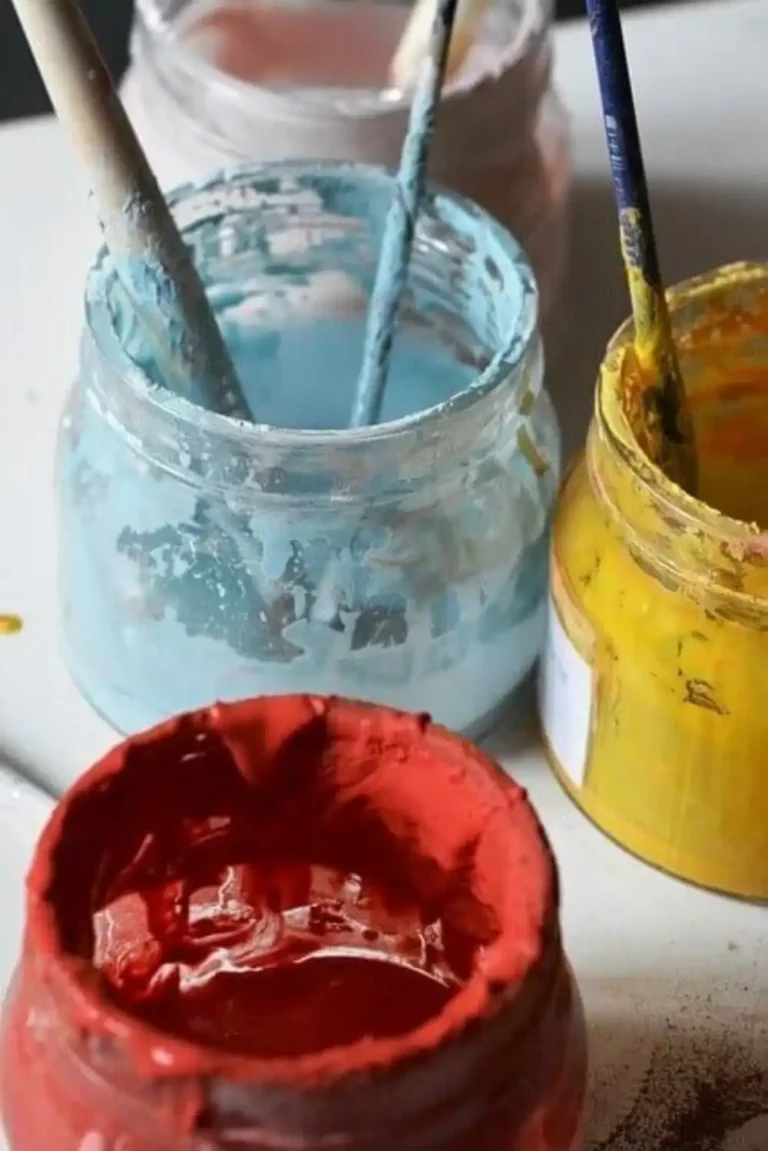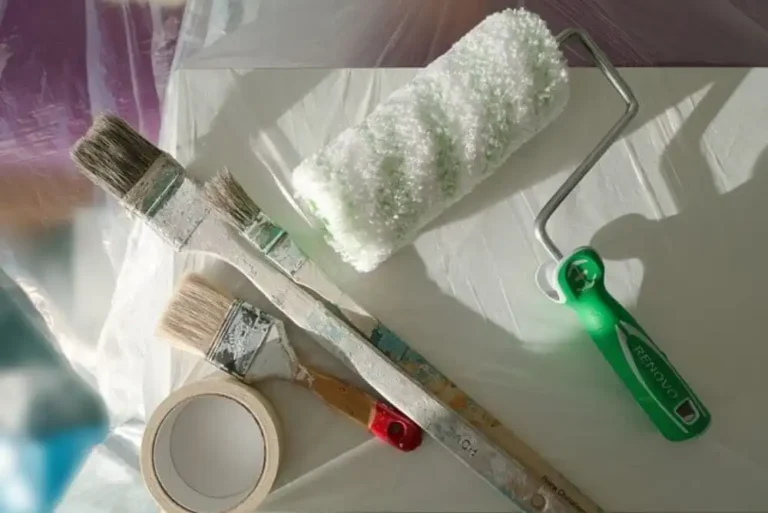Distemper Paint: A Classic, Affordable Choice for Walls and Ceilings
If you’re looking for a cost-effective, eco-friendly way to bring color and charm to your home, distemper paint might be the perfect choice. Used for centuries, distemper remains popular among homeowners for its simplicity, breathability, and traditional matte finish. Though not as durable as modern paints, it continues to hold a special place in decorative and restoration projects around the world.
This guide explores what distemper paint is, where to use it, its different types, and how to apply it for the best results.
What Is Distemper Paint
Distemper paint is a traditional water-based paint made from natural ingredients such as chalk, lime, casein (animal glue), and pigments. It’s non-toxic, breathable, and known for its soft, velvety matte finish. Unlike modern acrylic paints, distemper allows walls to “breathe,” making it an excellent choice for older buildings and plaster surfaces.
Historically, distemper was widely used in ancient architecture and continued through the Middle Ages as a go-to decorative wall paint. Its affordability and easy preparation made it a favorite among craftsmen—and it still finds use today in both heritage restoration and simple home projects.
Where Can Distemper Paint Be Used
Distemper paint is best suited for interior walls and ceilings in low-traffic or low-moisture areas. While it’s not as washable or durable as emulsion paints, it excels in spaces where breathability and a classic aesthetic are desired.
Common Applications
- Interior Walls: Creates a soft, elegant look ideal for bedrooms, dining areas, and living rooms.
- Ceilings: Lightweight and non-reflective, distemper is excellent for ceilings, especially in traditional or vintage-style homes.
- Plaster Surfaces: Adheres well to plaster, offering a consistent matte appearance.
- Historic Restorations: Frequently used in the restoration of heritage buildings to maintain authenticity.
- Low-Traffic Areas: Best used in rooms where wear and cleaning needs are minimal.
Types of Distemper Paint
Distemper comes in several formulations, each offering different characteristics in terms of texture, durability, and application.
Traditional Lime-Based Distemper
Made from lime, water, and natural pigments, this is the oldest and most eco-friendly type. It has a chalky texture, matte finish, and excellent breathability. Ideal for rough or porous surfaces, it’s commonly used in heritage projects.
Acrylic-Based Distemper
A modern version of the classic formula, acrylic-based distemper combines acrylic resins with pigments and water for improved durability and resistance. It dries quickly, adheres better, and is easier to maintain, making it suitable for high-traffic interiors.
Synthetic Distemper
This type uses synthetic binders and fillers, resulting in a smoother texture and slightly more water resistance than traditional formulas. It’s often used for decorative coatings on interior walls and ceilings in contemporary homes.
How to Apply Distemper Paint on Walls
Applying distemper paint is straightforward, but preparation and technique are key to achieving a uniform, long-lasting finish.
Step 1: Prepare the Surface
Clean the wall thoroughly to remove dirt, dust, or peeling paint. For best results, scrape off any loose material from previous coats and ensure the surface is dry before applying distemper.
Step 2: Mix the Paint
Combine the powdered distemper with water to reach a creamy consistency. If using a glue-based mixture, prepare the adhesive separately and blend it into the distemper. Add pigments as desired for custom color tones.
Step 3: Strain the Mixture
Use fine muslin cloth to filter the paint, removing any lumps or impurities. This step ensures a smooth and even texture during application.
Step 4: Apply the Paint
Apply the first thin coat using a brush or roller. Work in small sections to prevent the paint from drying unevenly. Stir the mixture frequently to maintain consistency. Allow the first coat to dry completely before applying additional layers.
Step 5: Apply Additional Coats
Two to three coats are typically needed for full coverage. Ensure each layer is completely dry before proceeding to the next to prevent cracking or peeling.
Tip: Distemper dries quickly, so it’s best to mix small batches as you work to maintain an even texture and tone.
Should You Use Distemper Paint
Distemper paint is ideal if you’re seeking an eco-friendly, budget-conscious, and classic decorative option. While it doesn’t offer the same durability or washability as modern emulsions, its charm lies in its texture, heritage, and breathable finish.
Choose distemper if you want:
- A soft, matte finish with a traditional look
- A natural and non-toxic paint solution
- A low-cost option for ceilings or interior walls
Avoid using distemper in areas exposed to moisture, such as bathrooms or kitchens, as it is not waterproof.
Frequently Asked Questions
Can You Use Distemper Paint on Canvas
Yes, you can use distemper on canvas. Apply a primer first to prevent absorption, then paint with a brush or roller once the surface is prepared.
How Do You Identify Distemper Paint
If you rub the surface and notice a fine white powder residue, the paint is likely distemper. Its dry, chalky texture is its most recognizable feature.
Is Distemper Paint Waterproof
No, distemper paint is not water-resistant. It is best suited for dry indoor areas and decorative use rather than exterior or high-humidity environments.
Final Thoughts
Distemper paint remains a timeless, budget-friendly option that blends traditional charm with eco-conscious appeal. Whether you’re restoring a historic property or simply refreshing a living space, its breathable, matte finish brings natural beauty to any interior.
For expert advice, premium paint supplies, and color guidance, visit James T. Davis. Our team is here to help you choose the perfect paint for your next home project—no matter your style or budget.






